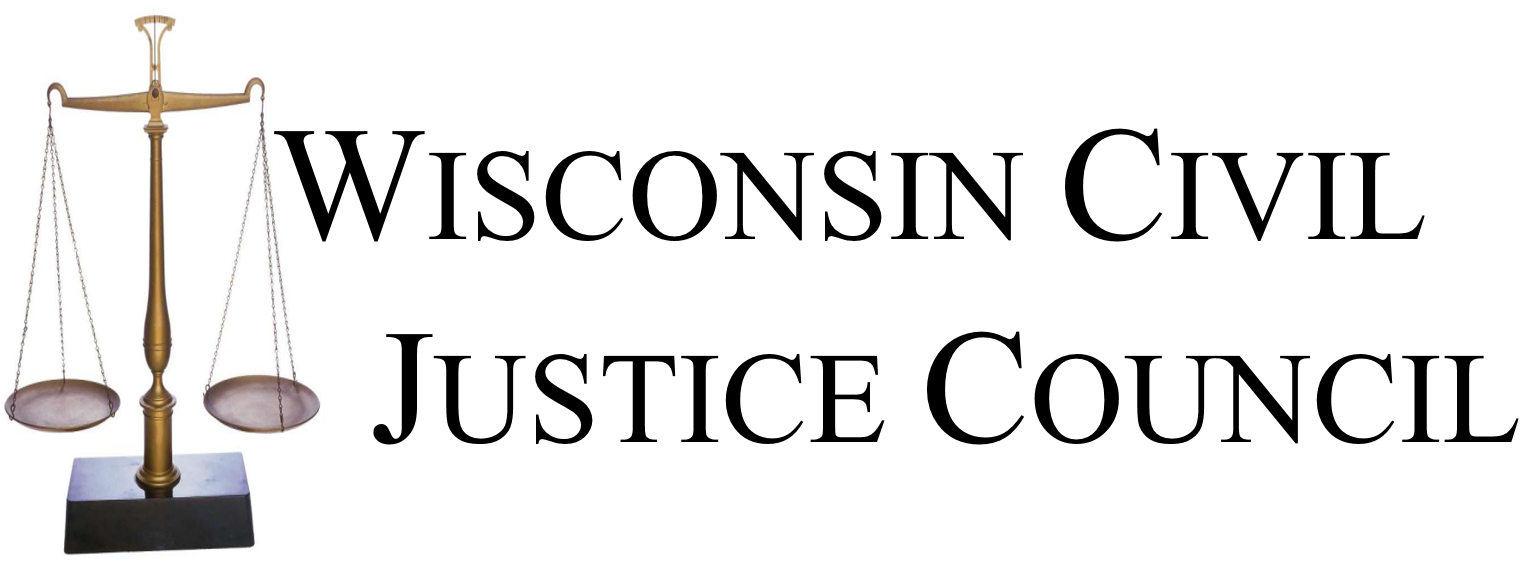The Milwaukee Journal Sentinel on Sunday, July 20, published an op-ed by Wisconsin veterans Larry Kutschma and Steven Stefonik voicing their support for the new asbestos transparency law (2013 Wisconsin Act 154). The op-ed responded to a call by gubernatorial candidate Mary Burke to repeal the new law. According to Kutschma and Stefonik:
As veterans, we empathize with those who suffer from mesothelioma, the asbestos-related disease. We were trained as veterans to never leave our fellow soldiers behind, and that is why we took the same position as the AMVETS Department of Wisconsin in supporting the asbestos legislation (2013 Wisconsin Act 154) passed by the Wisconsin Legislature and signed by Gov. Scott Walker. This new law will ensure that our brothers in arms are not left behind. Recently, Democratic gubernatorial candidate Mary Burke pledged to repeal the new law. Contrary to what has been claimed, Act 154 will not harm veterans. Instead, the law will help veterans by ensuring that valuable resources are not depleted.
…
Wisconsin’s new law provides transparency and fairness, and ensures that enough assets will be available for current and future veterans. That is why we, as veterans, fully support the new law and oppose any attempts to repeal it.
The Wisconsin Civil Justice Council actively supported Act 154 and were successful in helping the legislation be enacted into law. Wisconsin became the third state, behind Ohio and Oklahoma, to enact a law requiring plaintiffs’ attorneys to disclose any money received from trust funds when suing businesses in Wisconsin courts.
For more information about Act 154, click here.
